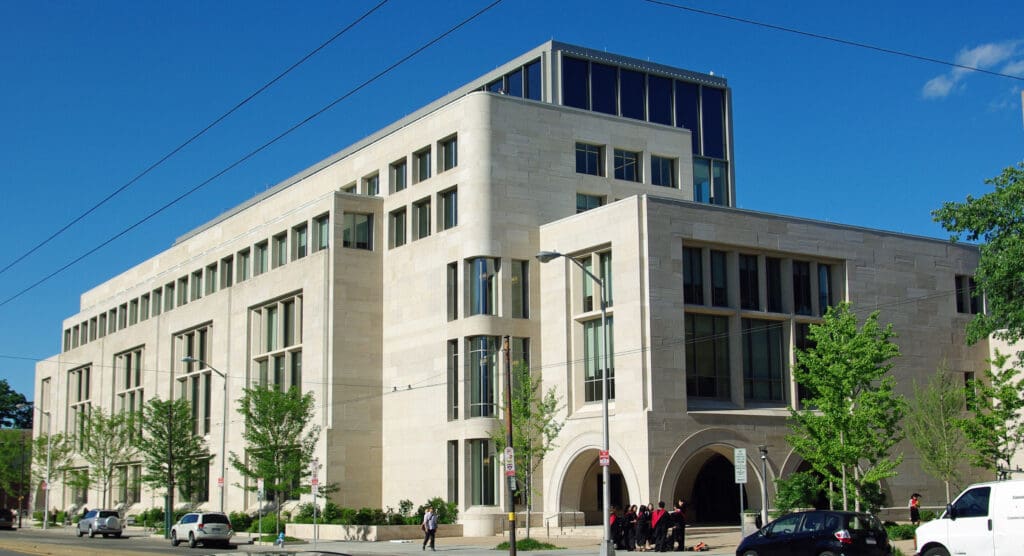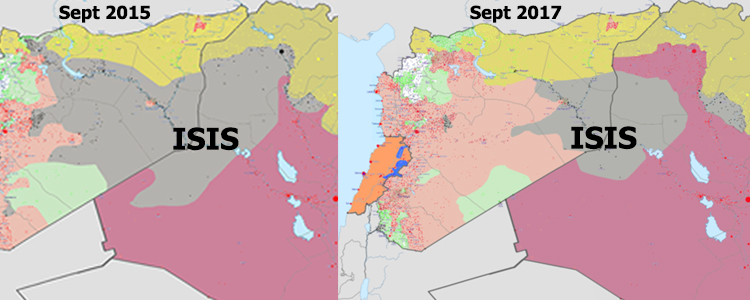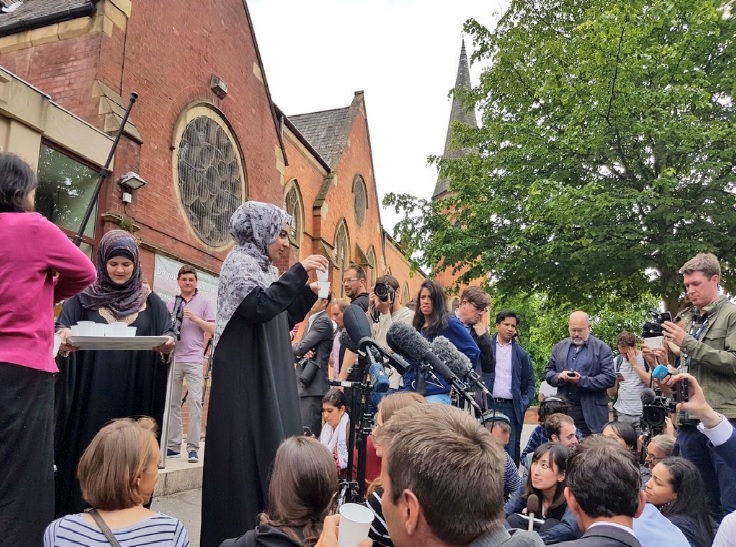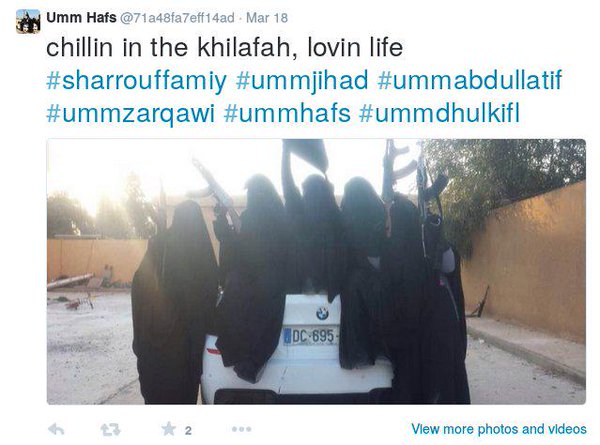Social Media
Blog
Vital Human Rights Evidence in Syria is Disappearing from YouTube
November 22, 2017By Dia Kayyali and Raja Althaibani So much of Syria’s history has been purposefully erased by ISIS in recent years. And now, we’re seeing another erasure of history– this time on YouTube. Thousands of videos showing human rights abuses in Syria, as well as the channels that feature these videos, are being removed by YouTube. ...
News
VOX-Pol Workshop on Countering Violent Extremism Online and the Impact on Civil Liberties
October 31, 2017VOX-Pol convened an invitation-only workshop titled ‘Countering Violent Extremism Online and the Impact on Civil Liberties’ Berkman Klein Centre for Internet and Society at Harvard University on 23 – 24 October 2017. The purpose of the workshop was to explore the challenges and opportunities facing actors engaged in countering violent extremism online, particularly the impact of content ...
Blog
Wilayat Internet: Islamic State’s Resilience Across the Internet and Social Media
October 4, 2017By Laurence Bindner, Raphael Gluck This article was originally published in French on Ultima Ratio. Since partly going underground in the deep-web, ISIS exerts continuous pressure to make its propaganda surface on the public web. Adapting constantly to ever more active censorship, ISIS uses the various web platforms in an opportunistic and agile way. Therefore, ...
Blog
ISIS: From Connective Action to Transnational Insurgency?
September 6, 2017Since late 2016, researchers came to acknowledge both ISIS’ territorial decline and much reduced visibility on mainstream social media networks. They note that its online community of supporters have migrated to encrypted communication channels and that its territory in the Levant has shrunk considerably, which—according to a recent ICSR estimate—impacted on the organisation’s financial resources. ...
News
Research Finds Social Media Disruption Impacting on Islamic State Propaganda
August 15, 2017In one 24-hour period, 65% of Twitter accounts tweeting out-links to IS propaganda were suspended within 17 hours Focus of online disruption on IS allows other jihadi groups to outpace them on social media VOX-Pol researchers from Dublin City University, together with colleagues from the University of Sussex, have found that the social media platform, ...
Blog
Virtual Doorstep: Journalists, Social Media and the Victims of Tragedy
June 28, 2017By Glenda Cooper Some of the most powerful stories about the atrocity in recent Manchester have been told online: whether pictures of the missing, the videos taken in the aftermath or the hashtags such as #roomformanchester or #acityunited showing the city’s resilience. But there are those who have also felt under pressure from journalists. Twitter ...
Blog
Telegram: The Mighty Application that ISIS Loves – Part I
June 7, 2017By Ahmet S. Yayla & Anne Speckhard ISIS has been the most successful terrorist organization in history using social media and the Internet for distributing its propaganda, dissemination of its news and more importantly to communicate. There is no doubt that the frequency and quality of ISIS posts on the Internet, including their videos, memes ...
News
VOX-Pol Coordinator Gives Keynote Address at Dublin’s IIEA
June 2, 2017On 15 May 2017 VOX-Pol’s Coordinator, DCU’s Prof. Maura Conway, gave a keynote address at Dublin’s Institute of International and European Affairs (IIEA), “Ireland’s leading think tank on European and International affairs.” In her address, Prof. Conway detailed the development of IS’s online strategy from 2014 to the present, with a particular focus on online-offline ...
Blog
The Role of the Internet in the Jihadist Mobilisation of Women in Spain
May 31, 2017The mobilisation of women for the jihadist cause emerged in Spain within the framework of the current mobilisation in Western Europe linked to the conflict in Syria and Iraq and the appearance of the so called Islamic State (IS) as a new vanguard of global terrorism. The explicit call from Abu Bakr al-Baghdadi to women ...
Blog
Social Media, Corporate Responsibilities and Youth Extremism
February 22, 2017This Blog post is a product of the ESRC-funded Youth Extremisms Research Seminar Series. By Prof. Hilary Pilkington On the heels of significant electoral successes and several instances of extraordinary extremist violence, there has been renewed political, media, and scholarly attention to the growth of extremism in Europe and, in particular, to the role of youth in ...








